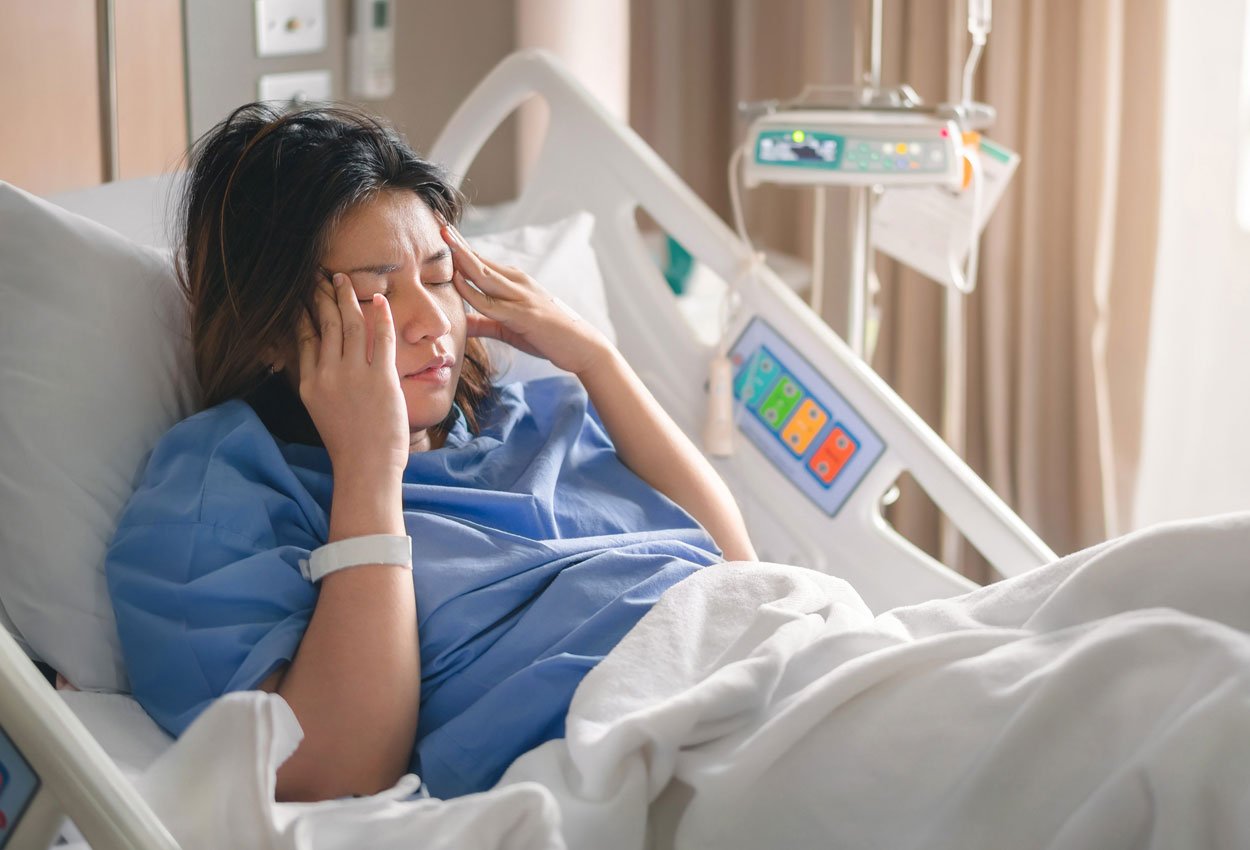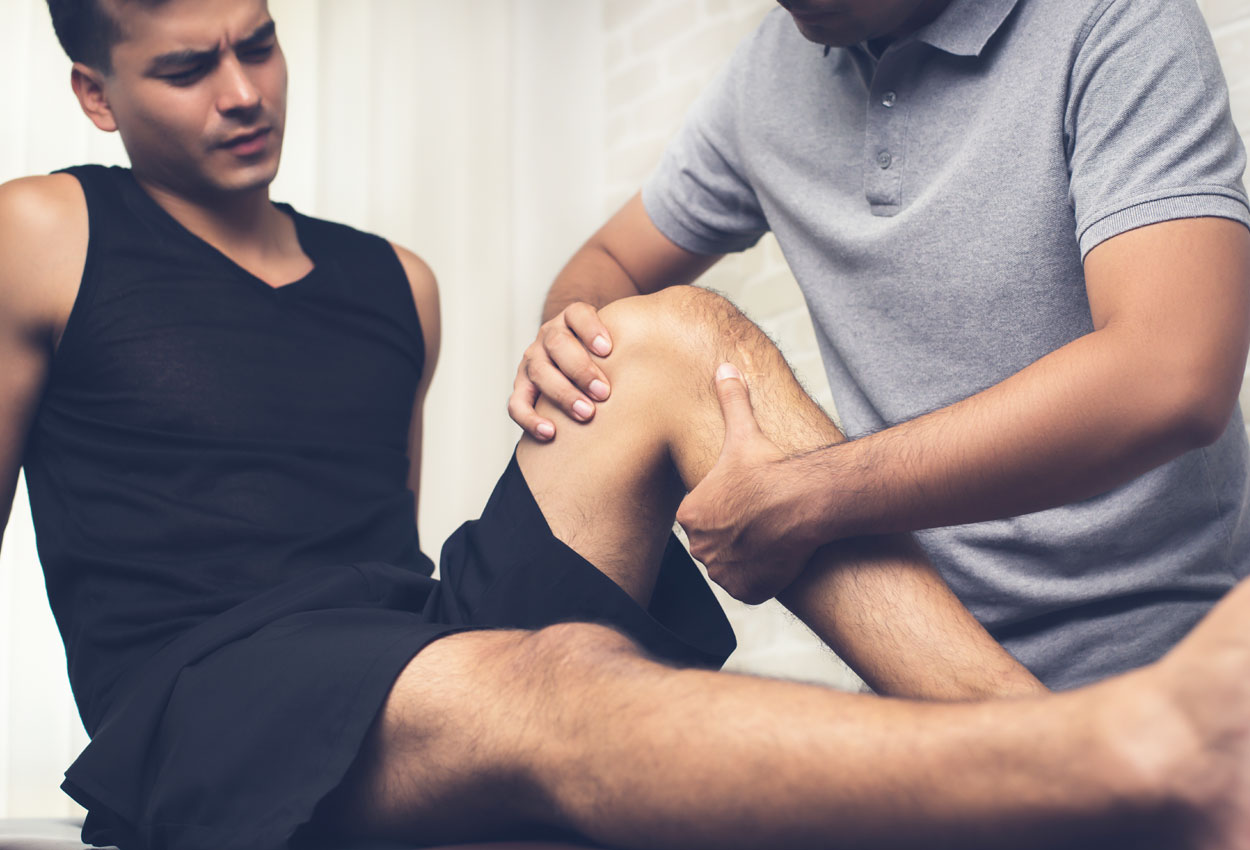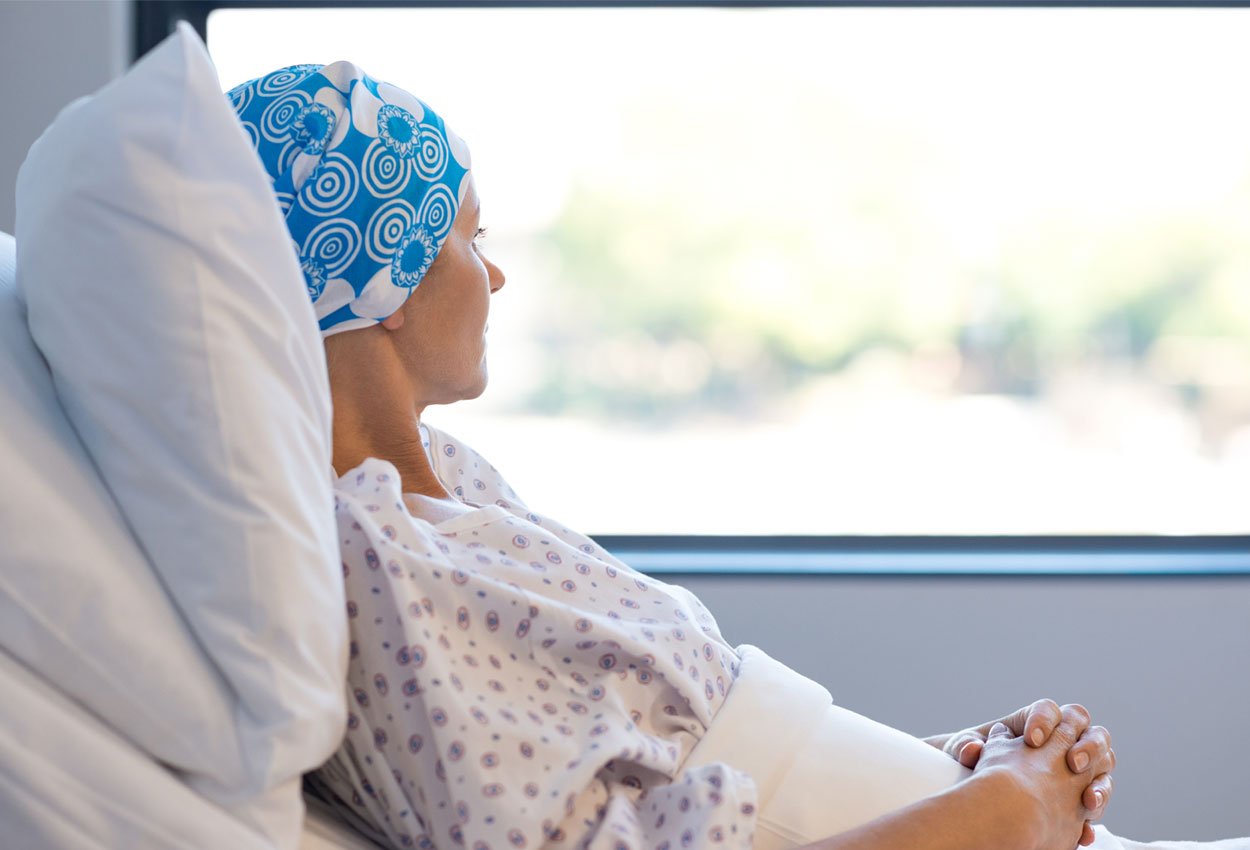Hospitals face mounting pressure to reduce costs, enhance patient satisfaction, and retain valuable staff—all while maintaining high clinical standards. As a result, non-pharmacologic interventions...
Pain management in hospitals has long been dominated by pharmaceuticals. For many years, medications like opioids and NSAIDs have been the default response, ingrained in medical training and hospital...
Over the past few years, there has been a big discussion in healthcare regarding the opioid crisis that is sweeping the nation. According to the Centers for Medicare and Medicaid Services (CMS), 91...
Monitoring a patient’s opioid use to manage pain during perioperative procedures is crucial. When a patient is given opioids, there are side effects that can occur during post-operative care. ...
In almost every decade of life, one may find the need for rehabilitation of one kind or another. Physical Medicine and Rehabilitation is a medical specialty that helps people regain body functions...
Rewinding back to the beginning of the COVID-19 pandemic, screening mammograms were delayed due to many breast centers temporarily closing their doors.
The Veterans Health Administration is America’s largest integrated health care system that serves over 9 million enrolled Veterans each year. One of the many initiatives that the VA focuses on is ...
According to the article "Pain Management for Patients With Advanced Cancer in the Opioid Epidemic Era," pain is one of the most frequent and feared symptoms in patients with cancer. Pain is...
Pregnant women face added fears and concerns regarding the delivery of their new baby amidst the COVID-19 pandemic.









